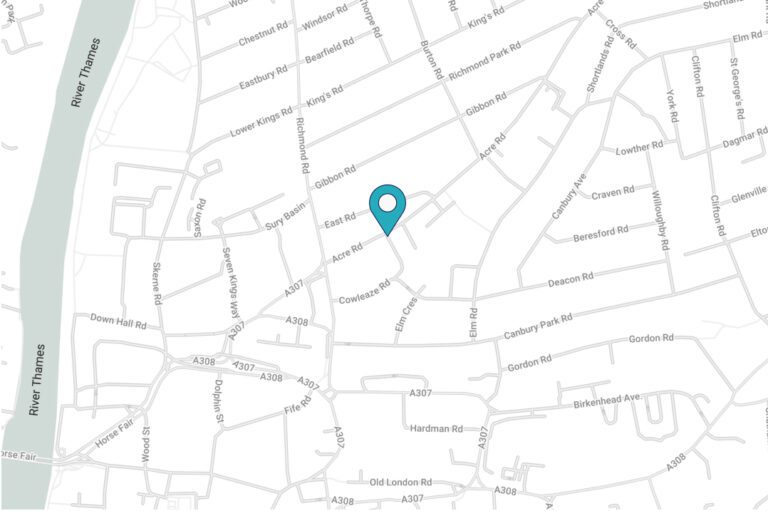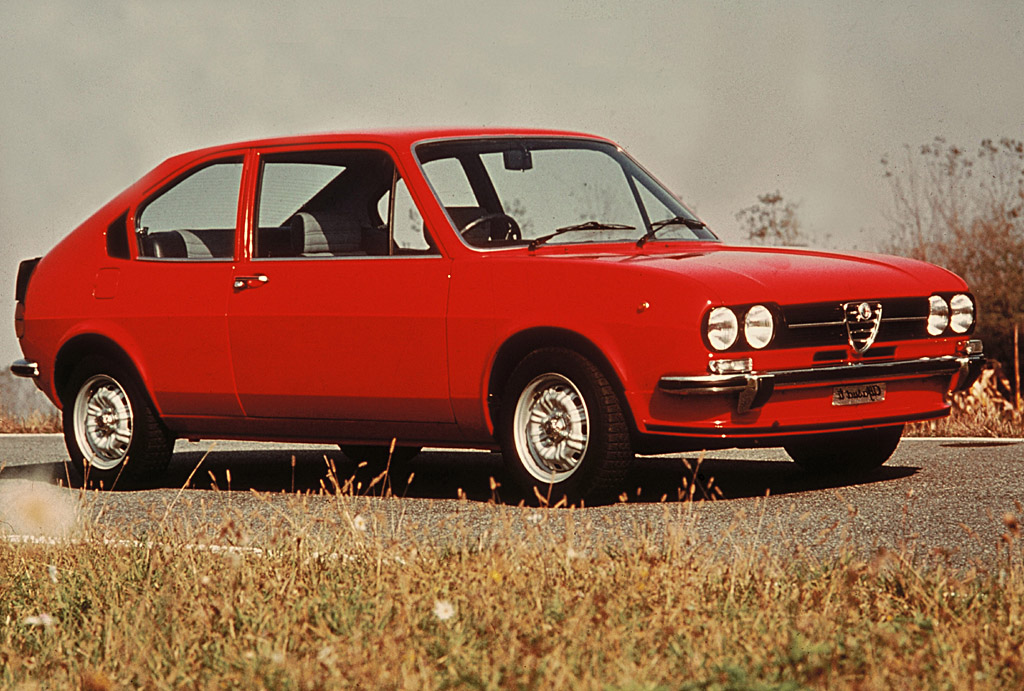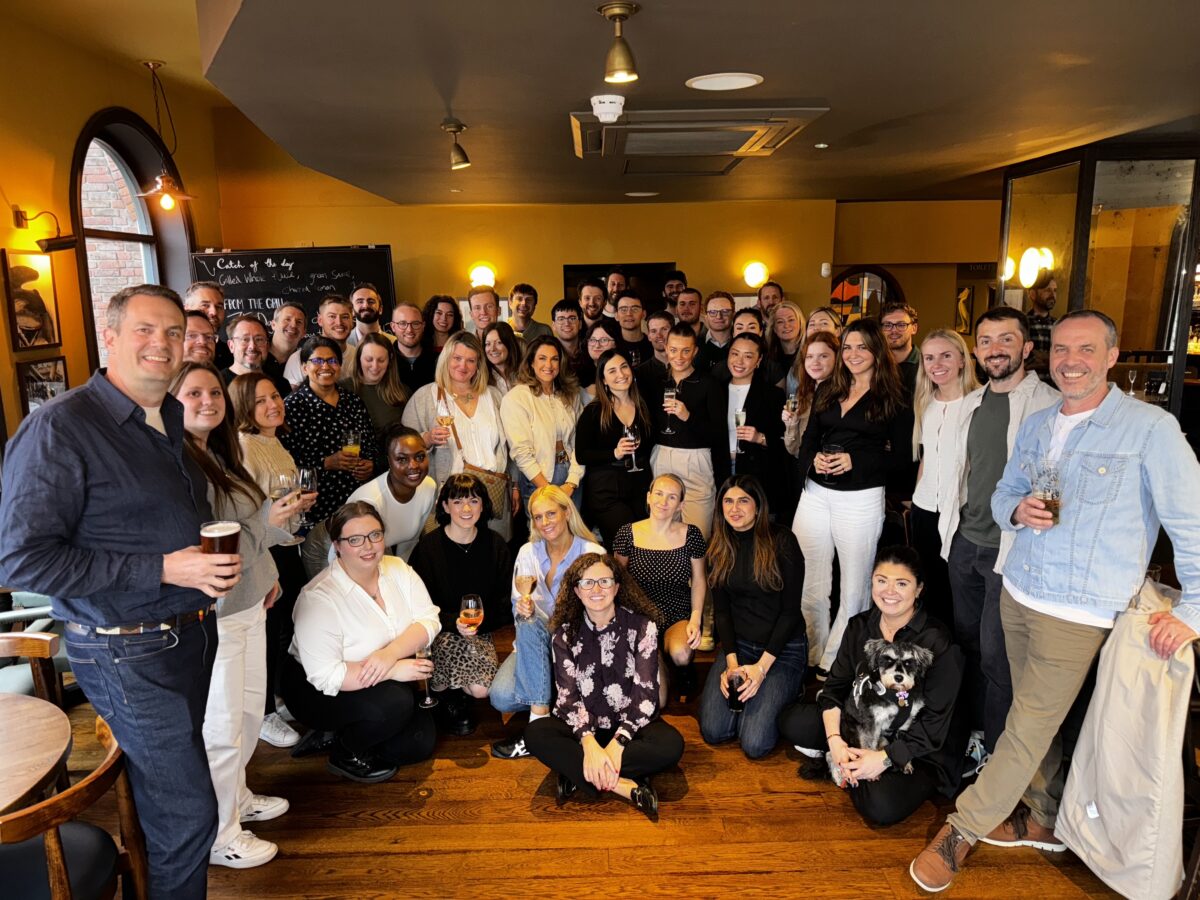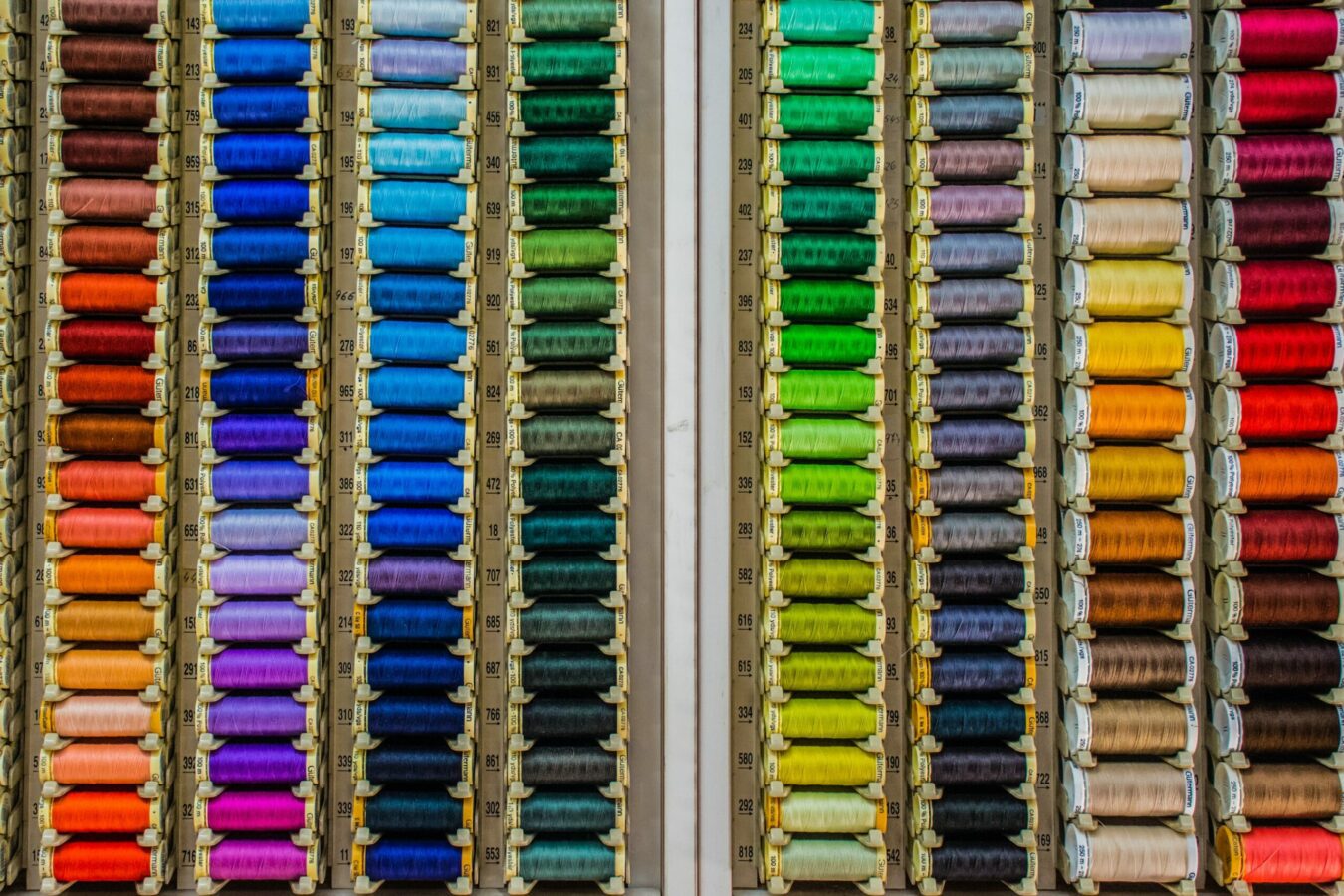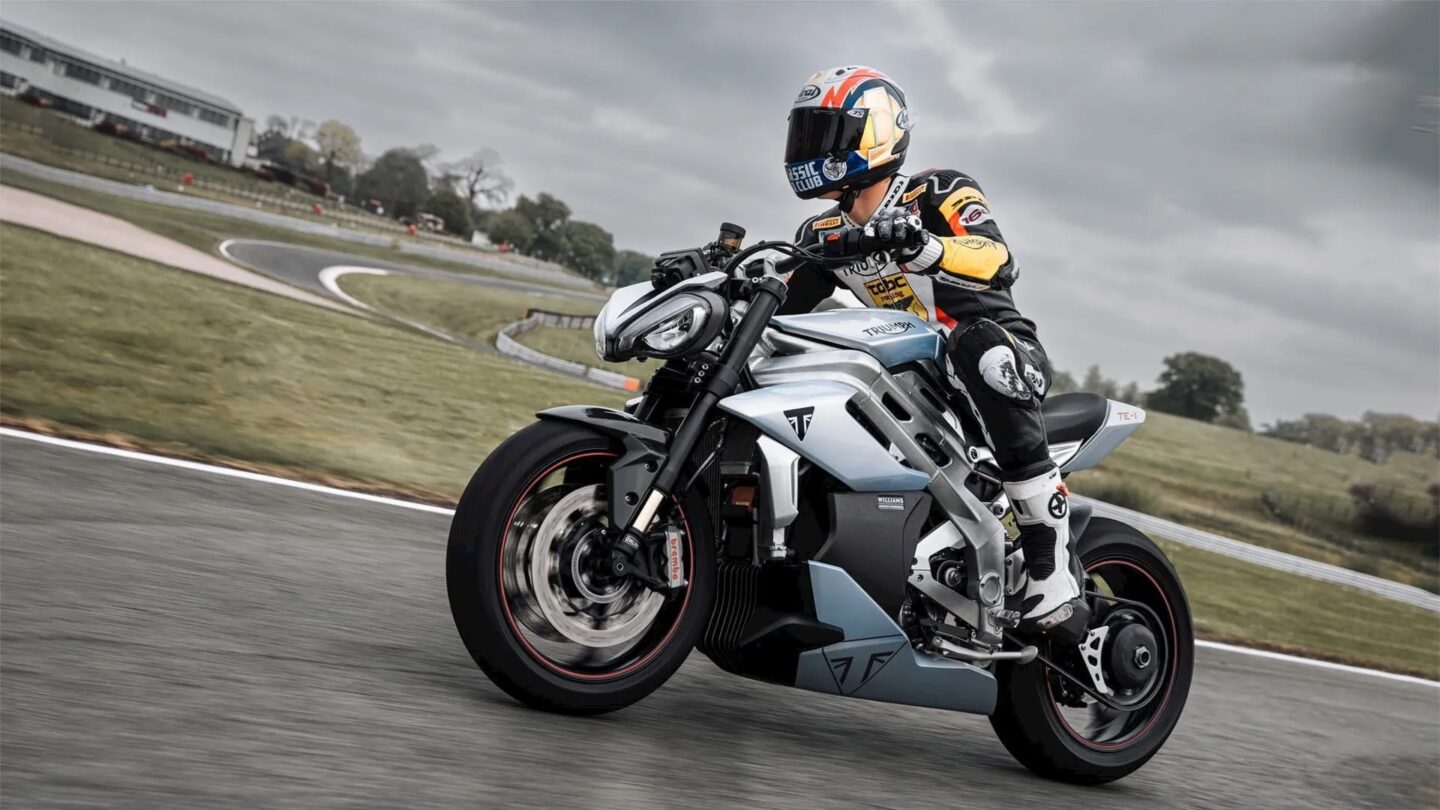Last week saw a new hashtag led rallying cry. #YesAllWomen sought to draw attention to the plight of women subjected to violence and discrimination at the hands of men. The hashtag is a nod to the common male response – “not all men are rapists”, which in turn had its own hashtag – #NotAllMen.
The speed with which this latest ‘clicktivism’ campaign arrived is both a product of the justified passion around this important issue, but also a representation of the way that we communicate now.
[quote align=”right” color=”#999999″]the average half life of a tweet is between 18 minutes and 2.8 hours[/quote]
Twitter has been likened to word of mouth on steroids, so while the average half life of a tweet is between 18 minutes and 2.8 hours, those conversations that capture the imagination and start trending spread like wildfire – Quickly, ferociously and consuming all in their path.
#NoMakeupSelfie
#NoMakeupSelfie is an example of a campaign that has risen and fallen. It swept through Twitter, Instagram and Facebook back in March. Everywhere you looked online, pictures of brave but pallid female friends and family sheepishly looked back. Women logged on with trepidation fearing the dreaded nomination.
Measuring success
The aim was to raise awareness and money, and in that respect it was a massive success – £8m was raised and 75m reached. But how many of the participants actually knew what they were doing it for?

Looking at the chart, you can see the speedy rise of the hashtag, but worryingly is the limited number of mentions of the donation methods (the green line) – only 4.8% of the mentions of #NoMakeupSelfie also mention the donation method.
The articles that followed decrying women ‘caught‘ using makeup in their selfie, coupled with the lack of people sharing the donation method makes me think that that point was missed by many. This wasn’t an opportunity for a #HumbleBrag. It was about being honest, transparent and humble – genuinely humble, out of respect.
Brands getting involved
The second spike on that chart was when brands started to get involved. While many in the industry praise the real time content response, I can’t help thinking that they may have missed the point. I have no idea whether Mini donated to the charity (I’m sure they did) and they certainly helped raise awareness of the issue further, but is Mini jumping on the coat tails of a serious issue with a humorous brand message appropriate? Do Mini, or any brand, have a right to ‘play’ in this space? Should they ‘play’ in this space – Is ‘playing’ appropriate?
Its not only brands that are struggling with what’s appropriate. For celebrities too, there is a fine line between supporting a cause and jumping on a bandwagon.
Alexa Chung and Michele Obama seems to be just the right side of the line, whereas Cameron – not so much.

What is the dividing line between an issue and a meme? When is it appropriate to get involved?
I’m not sure there’s any way for brands to get involved in topics such as #YesAllWomen without looking like they are trying to benefit from the increased exposure in a hot topic.
[quote align=”left” color=”#999999″]Brands with their enormous social followings have the ability to raise awareness, which is a good thing, right?[/quote]But brands with their enormous social followings have the ability to raise awareness, which is a good thing, right?
Maybe the answer is the light touch. A simple retweet of an important issue might be the best way. At the end of the day, brands need to be authentic and transparent and engage with issues that are relevant to them.
But what of the issue itself? Has Twitter and social helped or hindered cancer awareness? The answer to that question differs per issue and depends on what success looks like.
[quote align=”right” color=”#999999″]Sometimes a hashtag shouldn’t be the answer, or at least not the only answer.[/quote]
Most of these campaigns aren’t developed and launched by brands or agencies with their planners and budgets but it’s worth bearing in mind though that for real change to happen, sometimes a hashtag shouldn’t be the answer, or at least not the only answer. Raising awareness is good, uniting behind a single idea or message is good, but people (and brands) need to be sympathetic to and of the issue before diving in, otherwise they are just jumping on the bandwagon.
P.S. If you want to see a brand effectively supporting a worthy cause, check out the Immortal Fans example from Brazil
